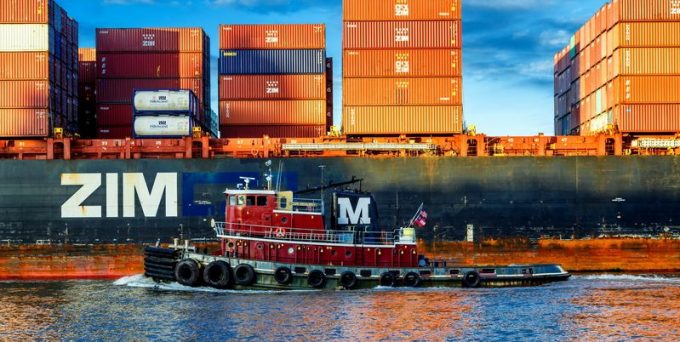MSC to launch new Oceania-US east coast Eagle service next year
Australian and New Zealand exporters to North America are set to get the second direct ...

Israeli carrier Zim posted a net profit of $1.34bn for the second quarter, for an interim H1 result of $3bn, and believes it can navigate any downturn in the liner markets.
The carrier reaffirmed its full-year guidance of an adjusted ebit of $6.3bn, to $6.7bn.
“We feel ...


Comment on this article
Jonathan yale
September 21, 2022 at 10:29 pmSlow economic growth in both China and the USA are affecting volume. Does ZIM management have an updated guidance? What steps can they take to manage this unexpected downturn?